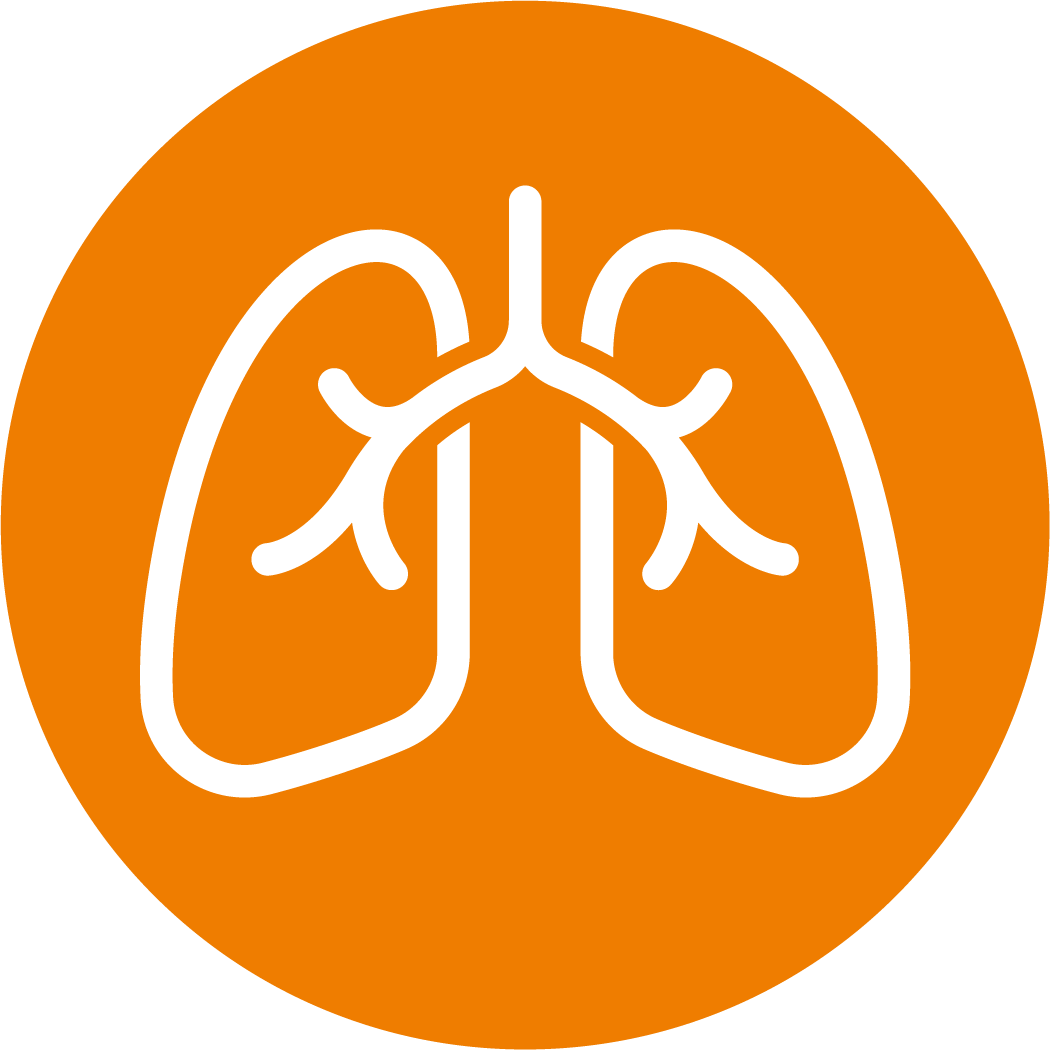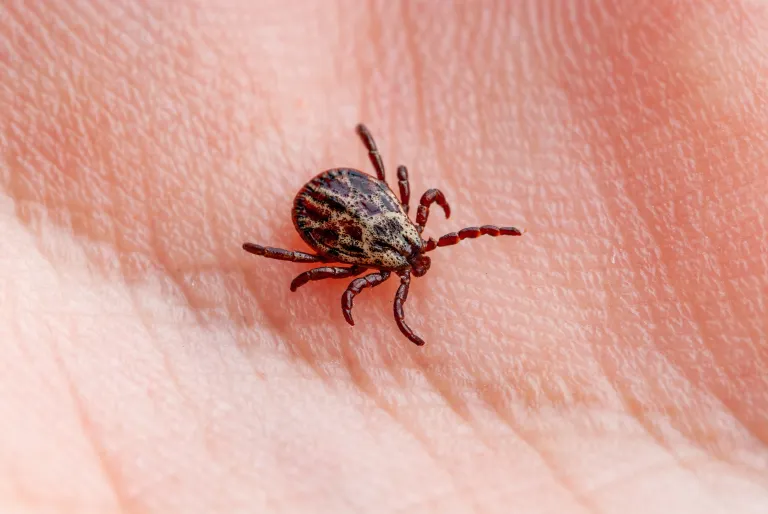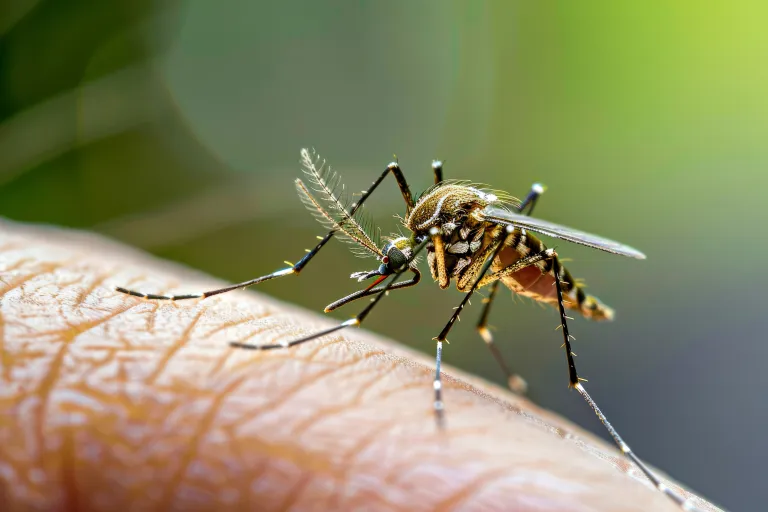Types of Allergies and Their Triggers
Cutaneous Allergy
It occurs when the skin reacts excessively to certain allergens.
If the reaction is on the skin, it may be Atopic Dermatitis, also called eczema. This involves reddened, itchy skin and tends to appear in childhood. It may also be Urticaria, characterised by the appearance of welts on the skin, which are also itchy. Sometimes, it may be accompanied by swelling of the lips and eyelids. This is called Angio-oedema.
If the reaction is on the skin, it is Rhinitis, which features itching, nasal obstruction, postnasal drip and sneezing. In most cases, it also affects the eyes and causes Conjunctivitis with itching, reddening and watering of the eyes. Rhinitis that appears exclusively in spring or summer is called seasonal rhinitis as opposed to perennial rhinitis, whose symptoms occur throughout the year.

Common Triggers

Contact
Such as soaps, cosmetics, dyes, and perfumes.

Metals
Particularly nickel, which can cause contact dermatitis

Plants
Contact with plants like poison ivy or poison oak

Drugs
Some topical drugs may trigger reactions
Symptoms
The symptoms are varied and can include redness, itching, swelling, urticaria, eczema, or skin rashes.
Respiratory Allergy
This type of allergy affects the respiratory tract and is related to exposure to inhaled allergens.
When an allergic reaction occurs in the bronchi, these constrict, which hinders the passage of air and produces a characteristic sound, called wheezing. At the same time, the patient experiences trouble breathing (dyspnoea), coughing and chest tightness. These are symptoms of Allergic Asthma. Most of the time, patients with asthma also have rhinitis.

Common Triggers

Dust mites
A frequent cause of allergic rhinitis and asthma.

Pollen
from trees, grasses, and weeds can trigger seasonal rhinitis and allergic asthma.

Animal dander
Skin and hair of animals may contain allergens that affect the lungs and airways

Mold
Mold spores present in damp environments can trigger respiratory allergies
Symptoms
Respiratory allergy symptoms are varied. Mild cases usually start with sneezing, conjunctival or nasal itching, tearing or nasal congestion, evolving into coughing, difficulty breathing, and chest tightness in the most severe cases
Management of respiratory allergy
In patients with respiratory allergies due to aerollergens such as pollens and dust mites, who predominantly experience sneezing, nasal congestion, rhinoconjunctivitis (itchy and watery eyes), and asthma, symptom management often requires medications such as antihistamines, corticosteroids, or bronchodilators.
While these treatments provide symptomatic relief, they do not target the underlying cause of the allergy, highlighting the need for long-term management.
Also, this rescue medication (corticosteroids) is not without long-term adverse reactions and carries a negative impact on the patient's economy.
Drug Allergy
A drug allergy is an immune system reaction to certain medications that the body identifies as foreign.
They are the third leading cause of care at allergology clinics and account for 5%-10% of all adverse drug reactions of allergic origin. Their adverse effects range from a skin rash, itching and swelling of the lips and tongue to an anaphylactic reaction.
In the event of the supposed onset of an unexpected adverse reaction due to taking a drug, the specialist will perform an allergological study to determine and/or confirm the drug causing the reaction.

Common Triggers

Antibiotics
Such as penicillin and cephalosporins

Painkillers and anti-inflammatories
Like aspirin or ibuprofen

Anesthetics
Local or general anesthetics may cause adverse reactions
Anticonvulsants
Some medications used to treat epilepsy
Symptoms
The symptomatology may vary, involving only skin manifestations, with mild cases such as acute urticaria in immediate reactions or maculopapular exanthema in delayed reactions. However, it may also include severe skin reactions with systemic involvement, such as DRESS syndrome, Toxic Epidermal Necrolysis, or Stevens-Johnson Syndrome.
In addition to skin involvement, it may also occur in the context of more severe cases with systemic involvement, potentially compromising the patient's life such as anaphylaxis.
Food Allergy
Food allergies occur when the immune system reacts to specific proteins in food.
When patients ingest a food to which they have a food allergy, an inflammatory reaction occurs in their gastrointestinal system: Gastroenteritis, which may lead to the onset of abdominal pain, vomiting and diarrhoea. At the same time Urticaria may appear as a result of absorbing the food in question.

Common Triggers

Nuts
Almonds, walnuts, peanuts

Shellfish and fish
Shrimp, crabs, lobsters, and fish like salmon

Milk and dairy products
Caused mainly by proteins like casein

Eggs
The protein in eggs can trigger reactions

Wheat and gluten
Wheat or gluten can cause allergies in some individuals
Symptoms
Within food allergies, the symptoms vary. They may begin with mild manifestations, including oral mucosa and tongue itching as part of Oral Allergy Syndrome (OAS), or with presentations involving only the skin, such as acute urticaria or angioedema. However, they can also affect the gastrointestinal system with vomiting and diarrhea, evolving into more severe cases with throat swelling, difficulty breathing, and anaphylaxis.
Venoms Allergy
Insect allergies are caused by the sting or bite of certain insects.

Common Triggers

Bees, wasps, and ants
Their venom can cause severe allergic reactions, including anaphylaxis

Mosquitoes
A mosquito bite can cause an exaggerated local reaction, which is not considered an allergic reaction per se
Symptoms
In mild cases with only skin involvement, the patient may present with acute urticaria or angioedema. However, the reaction can also progress to more severe cases with difficulty breathing and anaphylactic shock.
In exaggerated local reactions, the symptoms may vary, including redness, local burning, swelling, and itching.
Allergy and immunotherapy - F.A.Q.
Essentially, the answer is YES, although it can be unrefrigerated for short periods of time, in transit to the health centre. Never subject it to high temperatures or freeze it.
This is absolutely normal. It depends on the batches and the concentration of the vials to be administered. It does not alter its effectiveness.
Clinical improvement occurs in 85% of patients and is maintained up to 15 years after suspending vaccination.
Subcutaneous vaccination must ALWAYS be administered at a health centre. It must NEVER be administered at home.
Sublingual vaccines are an exception to this rule. They are administered at home, although in some cases, as a precaution, it may be recommended that the first dose be administered in the presence of a physician.
If you have a fever or symptoms of asthma, the injection must be postponed. Normally, doses can continue without any changes if they have been interrupted for less than 2 weeks.
No
While it is known that immunotherapy does not have any harmful effects on the foetus, talk to your allergologist about whether to continue administering immunotherapy or postpone it until after the birth.
There may be late local reactions, which can be relieved by applying ice. Although normally dose adjustments are not required, you should bring any such reactions to your physician’s attention.
Delayed systemic reactions are very rare and normally involve symptoms of the underlying disease, rhinitis and asthma. These symptoms would be treated with the usual medication for this process. In exceptional cases they may be more serious, and if they are, it is absolutely necessary to bring them to your physician’s attention.